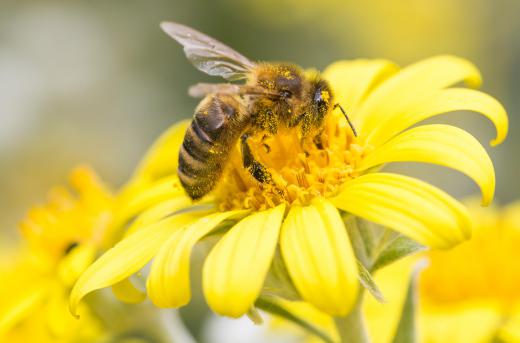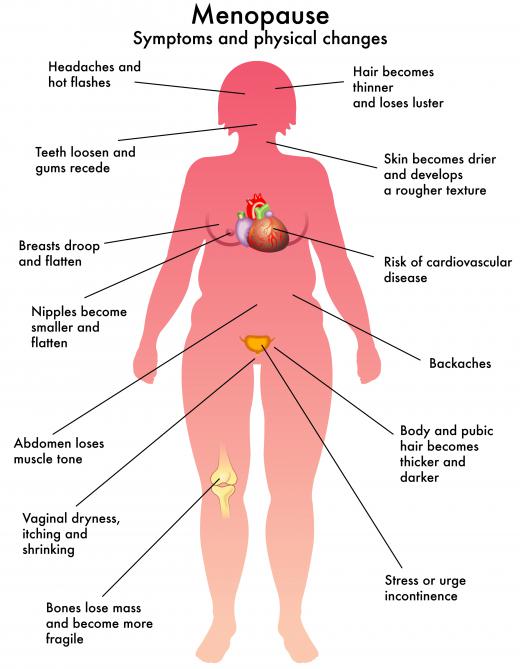In Biology, what is Fecundity?
The word "fecundity" is defined as the quality of being fruitful, either in regard to offspring or in regard to vegetation. This has many implications in the field of biology. Survival of any species depends on the production of viable offspring. Fecundity is an important trait for all living things.
Fecund plants have the ability to produce many seeds and have a mechanism for dispersing those seeds throughout a given area. The seeds might spread through a carrier, such as a bird or an insect, or through nonliving means, such as wind or water. Plant fecundity also depends on pollination. Many of the most fertile plants have the option of self-pollination or cross-pollination with a different plant.

Lower species of animals, such as insects and even fish, rely on batch fecundity. These organisms release thousands of eggs at one time for external fertilization. The more eggs that are released, the better the chance that some of them will be fertilized and eventually develop into adults of the species. Organisms with shorter life spans rely on batch fecundity to continue their species.

More complex organisms produce fewer eggs at one time. In the case of humans, usually only one egg is released per cycle. As long as the female is producing eggs and they are healthy, she is considered fecund. Fecundity in humans also contributes to population growth. The more fecundity, the larger the population growth.
Fertility and fecundity are related but not the same. Fecundity is only the ability to produce offspring. Fertility is how often the offspring are actually produced. Any non-sterile female would be considered fecund, even if she decided not to have children.

Fecundity is also linked to age. Human females eventually lose the ability to reproduce as they age. After menopause, a woman is no longer considered fecund. Likewise, any sterile female or one who does not have the proper reproductive organs would not be fecund.
AS FEATURED ON:
AS FEATURED ON:













Discuss this Article
Post your comments